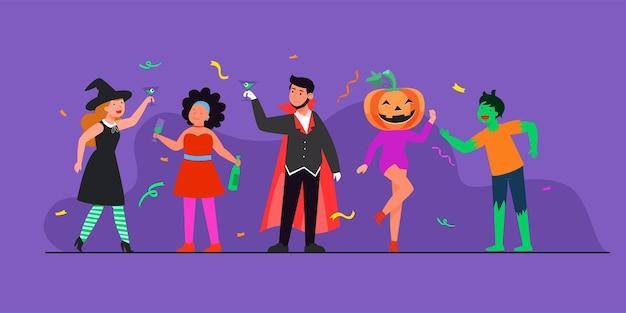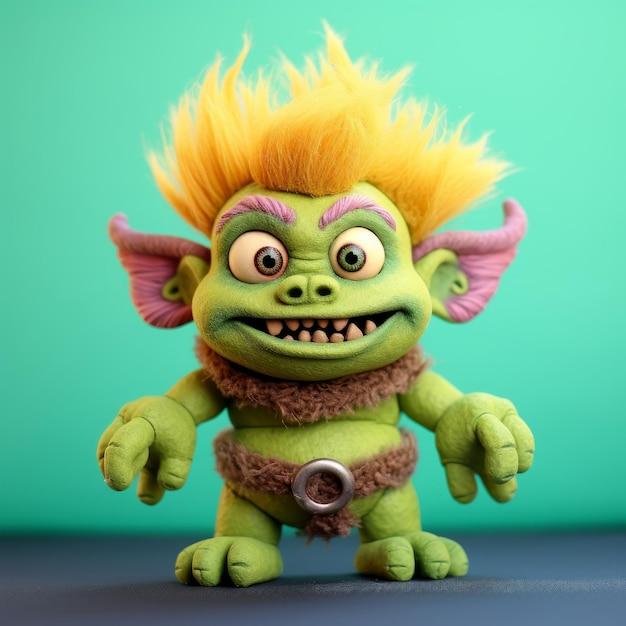Welcome to our blog post where we delve into the spine-chilling and enigmatic masterpiece, “The Shining.” Released in 1980, this psychological horror film directed by the legendary Stanley Kubrick continues to captivate audiences with its eerie atmosphere and unsettling storyline, making it a timeless classic in the horror genre.
In this article, we’ll address some intriguing questions that have haunted fans for decades. Did jump scares lurk within the corridors of the Overlook Hotel? How did Jack Torrance, played brilliantly by Jack Nicholson, descend into madness? What makes “The Shining” so terrifying? And is it scarier than the iconic film “The Exorcist”?
Prepare to be immersed in a world where supernatural forces intertwine with psychological terror, as we embark on an exploration of the secrets and horrors hidden within “The Shining.” Get ready for an in-depth analysis that will leave you questioning reality and seeking answers to the film’s most perplexing mysteries.
So grab your flashlight and let’s dive into the darkness of “The Shining” – a cinematic experience that continues to haunt our nightmares to this day.

Are there jump scares in The Shining?
If you’re a horror movie enthusiast like me, you’re probably itching to know if “The Shining” has any heart-stopping jump scares. Well, fear not (pun intended), because I’m here to give you the lowdown on the scare factor in this classic film.
The tension builds, but jump scares are scarce
“The Shining,” directed by Stanley Kubrick, is a masterclass in atmospheric horror. Rather than relying on cheap jump scares to get your heart racing, Kubrick opts for a slow-burn approach that will keep you on the edge of your seat.
Eerie ambiance takes center stage
From the iconic cinematography to the haunting soundtrack, “The Shining” creates an unsettling ambiance that grips you from start to finish. The movie excels at building tension, heightened by its eerie setting—the isolated Overlook Hotel. So, while there may not be many jump scares, the film compensates with its spine-chilling atmosphere.
Select moments of shock and surprise
Although jump scares are not the main focus of “The Shining,” it does have a few well-placed moments that will make you leap out of your seat (just a little bit).
Elevators and their surprises
Remember the scene where the elevator doors open to reveal a torrent of blood gushing out? Well, consider that a jump scare of sorts. It’s unexpected, shocking, and perfectly timed to catch you off guard. Kubrick’s mastery shines through these carefully constructed moments that leave an indelible impact.
Danny’s encounters with the unknown
Young Danny Torrance’s encounters with the supernatural also provide some moments of surprise. Whether it’s the infamous “Here’s Johnny!” scene or the chilling visions Danny experiences, there are subtle jump scares sprinkled throughout the film that keep you engaged.
A psychological rollercoaster
Ultimately, “The Shining” is more of a psychological thriller than a jump scare fest. The true horror lies in the gradual unraveling of the characters’ sanity and the psychological torment they endure.
Jack’s descent into madness
As we witness Jack Torrance’s descent into madness, the film takes us on a psychological rollercoaster. The slow deterioration of his psyche and the profound impact on his family are the true sources of terror in this masterpiece.
So, while “The Shining” may not be packed with jump scares, it more than compensates with its unnerving atmosphere, well-timed shocks, and psychological intensity. If you’re looking for a horror film that will keep you engaged and leave you with a lasting sense of unease, this is the one to watch.

FAQ: Answers to Your Burning Questions About “The Shining”
How did Jack go insane in The Shining
In the iconic horror film “The Shining,” Jack Torrance’s descent into madness is driven by a combination of isolation, supernatural influences, and a troubled past. Stranded in the eerie Overlook Hotel during the winter, Jack’s already fragile mental state is further unhinged by malevolent spirits haunting the hotel.
Why is it called The Shining
“The Shining” gets its name from a supernatural ability possessed by young Danny Torrance, Jack’s son. His “shining” enables him to perceive the hotel’s dark secrets and communicate with supernatural entities.
What is the monster in The Shining
While “The Shining” primarily focuses on psychological horror, there isn’t a traditional “monster.” The true horrors lie within the characters’ own minds, the malevolent presence of the Overlook Hotel, and the malevolence that lurks in the human spirit.
Are there any inappropriate scenes in The Shining
“The Shining” contains scenes of intense violence and psychological disturbance, which may be unsettling for some viewers. Some scenes involve nudity and suggestive content, so it may not be suitable for younger or sensitive audiences.
Is there anything supernatural in The Shining
Absolutely! “The Shining” weaves a haunting tale with supernatural elements. From ghostly apparitions and haunted hallways to telepathic abilities, the film immerses viewers in a realm where the natural and supernatural collide.
Was Danny abused in The Shining
The character of Danny Torrance endures instances of psychological trauma and abuse, both from his father and the malevolent forces within the Overlook Hotel. These experiences contribute to the overall tension and horror of the film.
Does Jack actually drink in The Shining
Indeed, Jack Torrance, played by the iconic Jack Nicholson, indulges in alcohol throughout the film. His dependence on alcohol adds to the themes of addiction and deteriorating sanity explored in “The Shining.”
Is the Overlook Hotel real
No, the Overlook Hotel does not exist in reality. It was conjured from the imaginative and chilling mind of author Stephen King for his novel, “The Shining.” However, the fictional hotel and its haunting atmosphere have left an indelible mark on popular culture.
Is The Shining a true story
No, “The Shining” is not based on a true story. While elements of the story may draw inspiration from real-life events or experiences, it is a work of fiction crafted by Stephen King and brought to life by director Stanley Kubrick.
What is the number one scariest movie ever
Opinions on horror movies may vary, but “The Shining” has long been considered one of the scariest movies ever made. Its mastery of psychological terror, stunning visuals, and iconic performances have solidified its reputation as a horror classic.
Were there actually ghosts in The Shining
The existence of ghosts in “The Shining” is open to interpretation. The hotel’s dark history and malevolent presence suggest the manifestation of restless spirits, but the film purposely leaves room for each viewer’s imagination to fill in the gaps.
Is The Shining sexist
While some critics have debated elements of sexism in “The Shining,” particularly in the portrayal of female characters, the film’s focus is predominantly on psychological horror and the disintegration of the human psyche rather than gender stereotypes.
Is Wendy hallucinating in The Shining
Wendy, Jack’s wife, experiences terrifying encounters and confrontations throughout the film. While the line between reality and hallucination may blur, the presence of supernatural forces in the Overlook Hotel also plays a significant role in her encounters.
Is The Shining about addiction
“The Shining” explores addiction indirectly through Jack Torrance’s struggles and dependency on alcohol. His descent into madness parallels the destructive nature of addiction, highlighting the theme of addiction’s ability to consume and take control.
Is Jack a ghost in The Shining
Although some theories suggest that Jack Torrance becomes a ghost or is possessed by supernatural entities, the film leaves the exact nature of Jack’s transformation open-ended. His involvement with the hotel’s malevolence and descent into madness remain central to the story.
Why is Room 237 haunted in The Shining
Room 237 in the Overlook Hotel is believed to be haunted due to its association with a tragic past. It represents a space where dark events unfolded, leaving behind a lingering presence that adds to the overall haunting atmosphere of the film.
What makes The Shining scary
“The Shining” masterfully blends elements of psychological horror, supernatural forces, and atmospheric tension to create a truly frightening experience. The combination of eerie visuals, unsettling sound design, and superb performances all contribute to its lasting impact.
Why does Jack say “Here’s Johnny”
Jack’s memorable line, “Here’s Johnny,” is a reference to “The Tonight Show Starring Johnny Carson.” Jack’s deranged delivery of the line while breaking down a door adds an unnerving and unpredictable element to his character’s descent into madness.
Is The Shining very scary
Yes, “The Shining” is widely regarded as a terrifying and unsettling film. Its blend of psychological horror, supernatural elements, and intense performances make it a chilling and disturbing viewing experience.
Is The Shining scarier than The Exorcist
While both “The Shining” and “The Exorcist” are renowned horror films, the level of scare they evoke depends on personal preferences. Some may find the psychological horror of “The Shining” more intense, while others may be more affected by the possessed child in “The Exorcist.”
What movie is scarier than The Exorcist
Different horror movies resonate differently with each viewer’s fears and preferences. Some notable scary movies that have terrified audiences over the years include “Psycho,” “The Texas Chain Saw Massacre,” and “A Nightmare on Elm Street.”
What is the scariest part in The Shining
“The Shining” is filled with numerous unsettling and terrifying moments. One particularly memorable scene is when Jack is conversing with the ghostly bartender in the empty Overlook Hotel. The eerie atmosphere and intense performances heighten the tension and fear factor.
Can a 12-year-old read The Shining
Due to the intense violence, mature themes, and unsettling atmosphere, “The Shining” is not recommended for young audiences. It contains content that may be too disturbing or inappropriate for a 12-year-old reader.